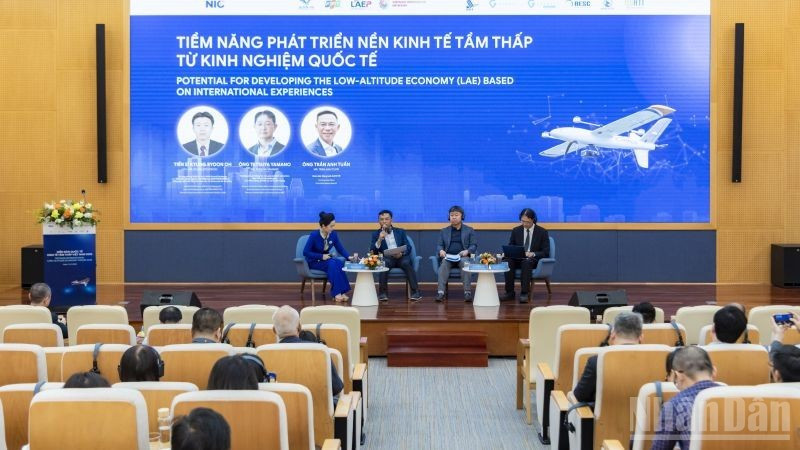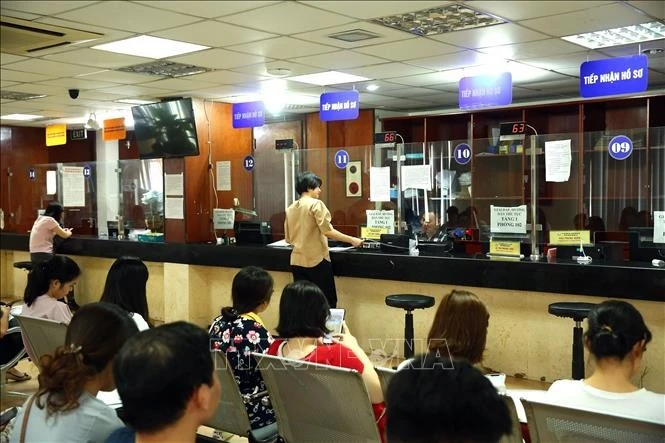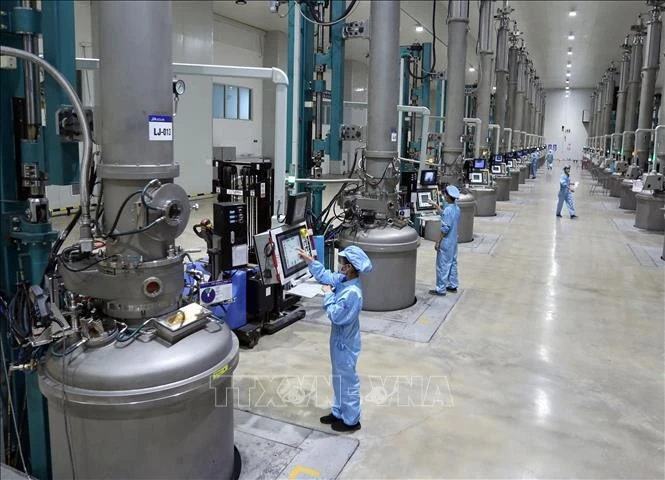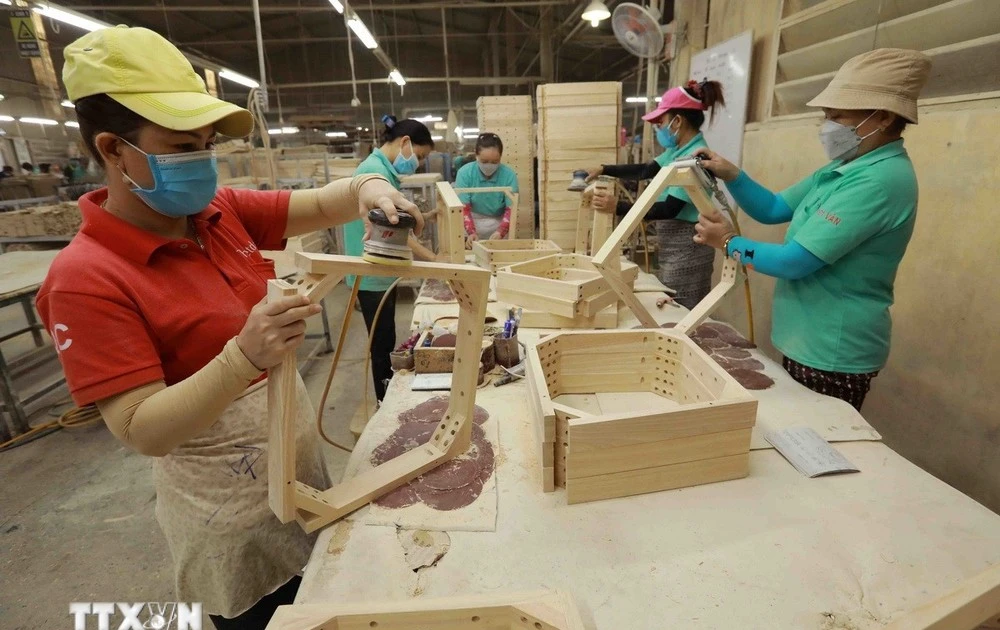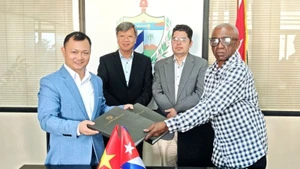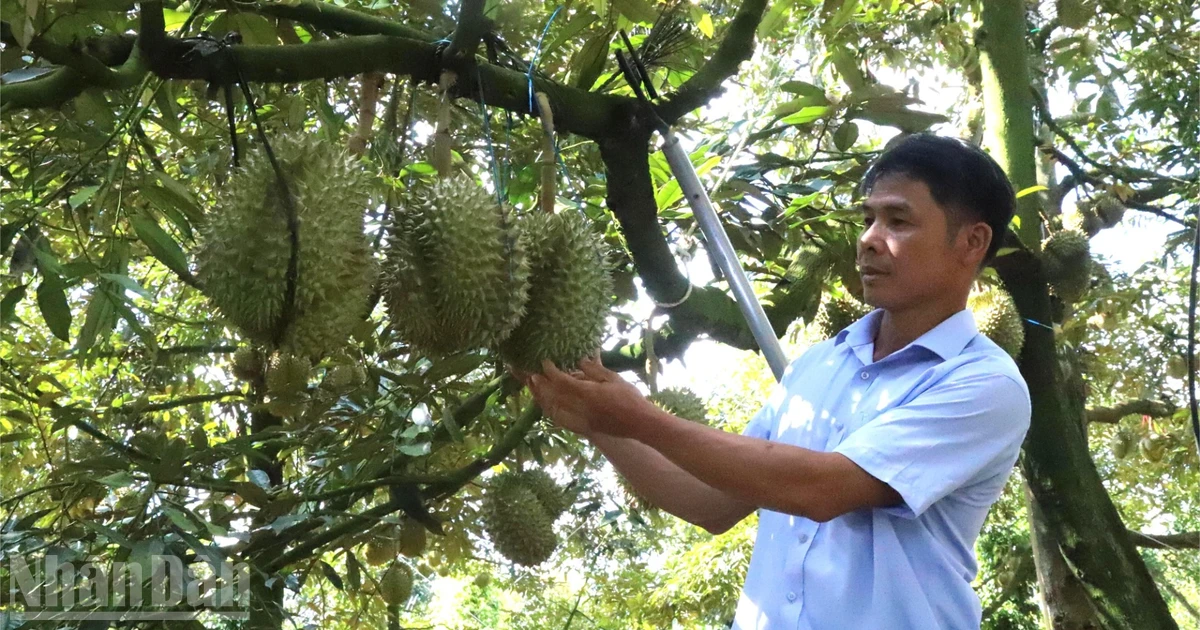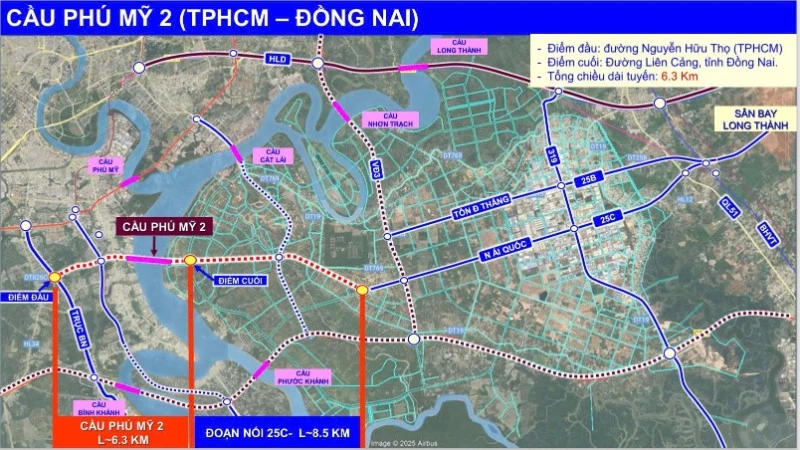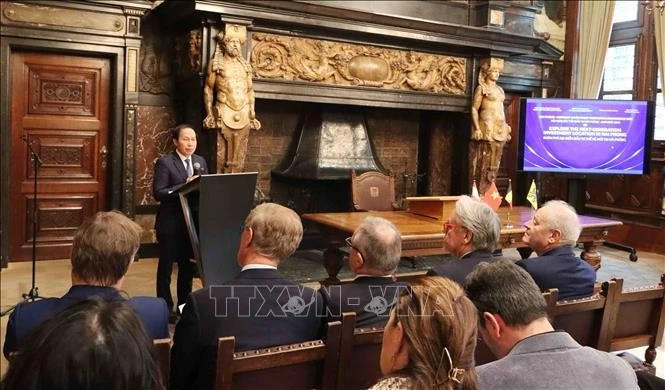Under the auspices of the Viet Nam National Innovation Centre (NIC) under the Ministry of Finance, Viet Nam Aerospace, Space, and Unmanned Aerial Vehicles (UAVS Viet Nam) in collaboration with FPT Group, the Viet Nam Low-altitude Economy Alliance, and overseas Vietnamese innovation networks held the Viet Nam International Low-altitude Economy Forum 2025 on November 14.
The forum not only strengthens strategic dialogue and shares international experienc but also provides a platform for cooperation and policy proposals to promote the safe, efficient, and sustainable development of the low-altitude economy — a new pillar of Viet Nam’s digital economy and high-tech industries.
Held for the first time, the forum gathered more than 200 participants from State management bodies, research institutes, technology enterprises, international experts, and a range of pavilions from major partners in aviation, artificial intelligence, and space technology.
Delivering the opening remarks, NIC Deputy Director Vo Xuan Hoai stated: “Many countries around the world regard aerospace and UAVs as strategic technologies. With the rapid rise of aviation, space, and unmanned aerial technologies, the emerging ‘low-altitude economy’ is becoming a major global development trend.”
In Viet Nam, the potential of the low-altitude economy is estimated to reach 10 billion USD. With its geo-political advantages, innovation-friendly policies, and a young, dynamic workforce, Viet Nam now stands before a “once-in-a-generation opportunity” to become a regional and global hub for the low-altitude economy.
Vu Anh Tu, Chief Technology Officer of FPT Group and a member of the UAVS Viet Nam network, noted that the low-altitude economy will create a new growth driver, where Viet Nam can take off through intelligence, technology, and multi-dimensional cooperation among the state, enterprises, academia, and citizens.
On the occasion, Nguyen Thi Hai Hang, Vice Chair of UAVS Viet Nam and Director of the Viet Nam Aviation Academy, highlighted that “The low-altitude economy is not merely about aircraft; it represents a strategic shift to open up low airspace as a new business domain, promoting economic growth through technological innovation.”
Sharing the same view, Tran Anh Tuan, Vice Chair of UAVS Viet Nam and CEO of Saolatek, stressed: “Viet Nam possesses all the advantages to become a centre for the low-altitude economy: stable geo-political positioning, strong potential to master core technologies (software, AI and UTM systems), hardware production capability, and a well-developed ecosystem of supporting industries.”
To accelerate the development of the low-altitude economy, he proposed developing a legal corridor, investing in domestic R&D centres and Low-altitude Economy (LAE) industrial zones, training high-quality human resources, and building a comprehensive ecosystem with strengthened international cooperation.
The forum also heard the international experience shared by Terence Wong, Director of Market Development at APAC Technology and Head of the 5G & IoT Industry Community for the Asia–Pacific region, together with Dr Kyung Ryoon Oh, Chair of the CNSi Working Group and co-founder of the Global Advanced Air Mobility Association, presenting the potential, prospects, and early outcomes of the low-altitude economy.
The forum recorded numerous policy proposals regarding the development of a policy testing framework (sandbox), the building of low-altitude airspace management infrastructure, and the promotion of research and production of unmanned aerial vehicles for socio-economic applications, opening new pathways for the country in the low-altitude aviation era and creating a foundation to connect resources, share knowledge, and foster the adoption of advanced technologies.
The low-altitude economy encompasses economic activities conducted below 1,000 metres, extendable to below 5,000 metres depending on each country’s requirements, leveraging manned and unmanned flight technologies and low-altitude intelligent networks to develop infrastructure, produce aircraft, offer services, and ensure aviation safety. It is primarily based on unmanned aerial vehicles technologies and related innovations in fields such as agriculture, logistics, environmental monitoring, transportation, communications, and entertainment.
